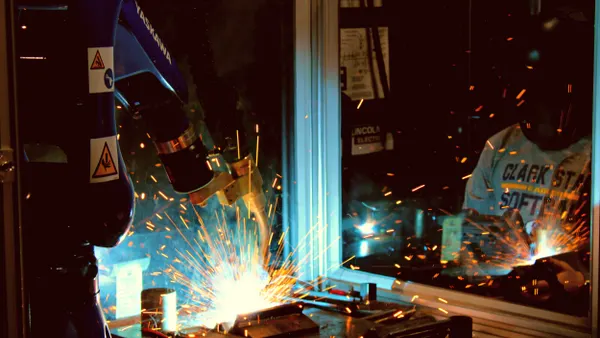Dive Brief:
- Recent LinkedIn survey data reveals that millennials are switching jobs every 2.5 years during their first 10 years out of college, which is about twice the rate of their generation X predecessors. Employee turnover is a real problem with many companies.
- "Though our company is well ranked by employees in our annual satisfaction survey, we still see a sizeable chunk of our staff turn over each year," says Hootsuite's CEO Ryan Holmes. He attributes this to employees' desire to learn and try new things — a factor that he has embraced to make learning a core value of succession planning and better retention.
- Modeling Hootsuite's corporate learning program after Google's successful ''rotation program" that encourages cross-training and switching of employees to different roles when they show promise, Hootsuite was able to create their own version. Employees train in 90-day intervals and use transferable skills to try on new jobs in the company.
Dive Insight:
Companies that want to retain a strong, well-trained workforce can learn a lot from the Hootsuite effort, as well as the Google model of allowing employees to try out their skills in new roles without leaving the company.
A JobVite survey indicates that around 42% of millennials expect to change jobs every 1-3 years, which is about where Hootsuite was seeing their own retention numbers, despite being a company with a high positivity rating in the industry. Younger workers tend to want to try new things and move up in their careers faster than other age groups, but Holmes tapped into this to provide learning opportunities to satisfy this desire. It also creates a workforce that can more easily cover holes in talent when workers need to take extended absences for paternal leave, for example.












